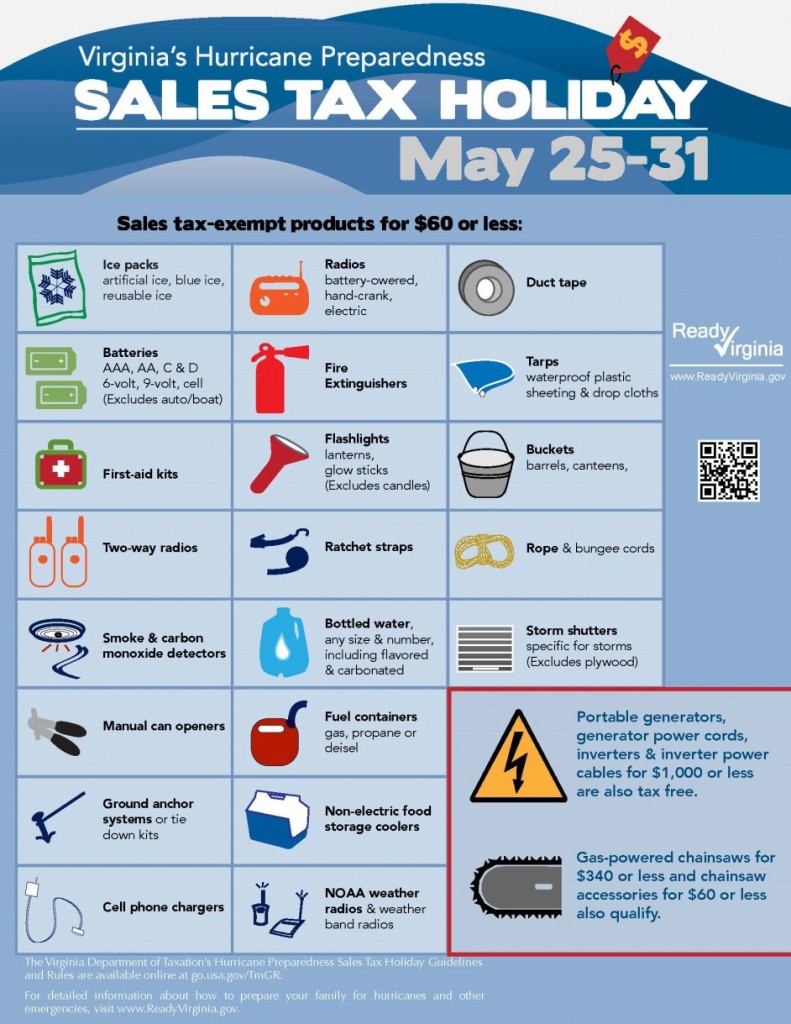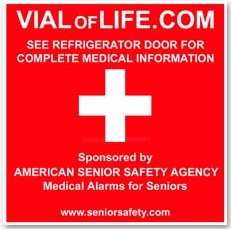Summer is a fun time of the year. It’s prime time to head to the beach, ride roller coasters, and enjoy the outdoors. However, with summer comes heat – which can be dangerous if not protected against.
What is Heat Stroke?
Heat Stroke occurs when the body can no longer manage excess heat. The body actually begins to trap the excess heat instead of releasing it. When this happens, the body begins to show some tell-tale signs:
- Hot, dry skin due to a lack of sweat
- Body temperature greater than 105°
 Confusion, dizziness, or nausea
Confusion, dizziness, or nausea
How Can I Prevent Heat Stroke?
Heat exhaustion itself is usually characterized by heavy sweating and weakness. If preventive actions are not taken, the body can progress quickly into the final stage of heat exhaustion – heat stroke. It isn’t always easy to notice this progression until it already occurs.
The easiest way to prevent heat stroke and other heat-related emergencies is to keep yourself and others cool and hydrated. Wear clothes that are lightweight and breathable. If you know you’re going to be outside on a hot day, drink plenty of water before and during the activity. Take frequent breaks because even casual activities can become overwhelming. Don’t forget to lather on sunscreen and reapply it frequently as your fun day in the sun progresses.
What Should I Do If I Witness Heat Stroke?
The first thing you should do is call 9-1-1 and then attempt to cool the person down. Remove them from the heat and use shade or air conditioning to your advantage. Remove excess clothing and put a wet towel on them. Be ready to give an account of what happened to first responders when they arrive.
For more information on Heat Emergencies, visit http://www.vdh.virginia.gov/OEP/ExtremeHeat/.




 One way you can prepare senior citizens (or anyone else with a complex medical history) at home is through the Vial of Life Project.
One way you can prepare senior citizens (or anyone else with a complex medical history) at home is through the Vial of Life Project.